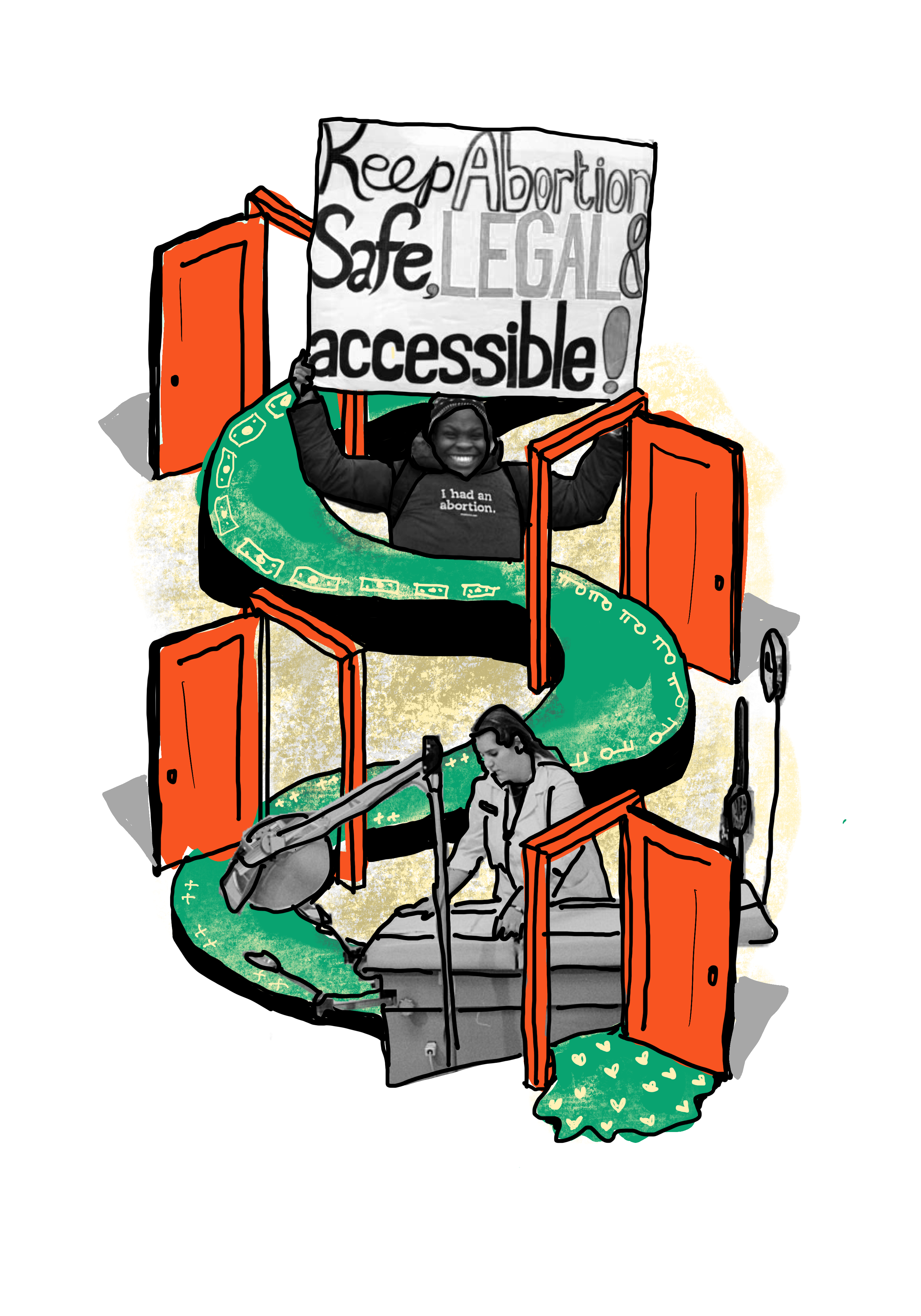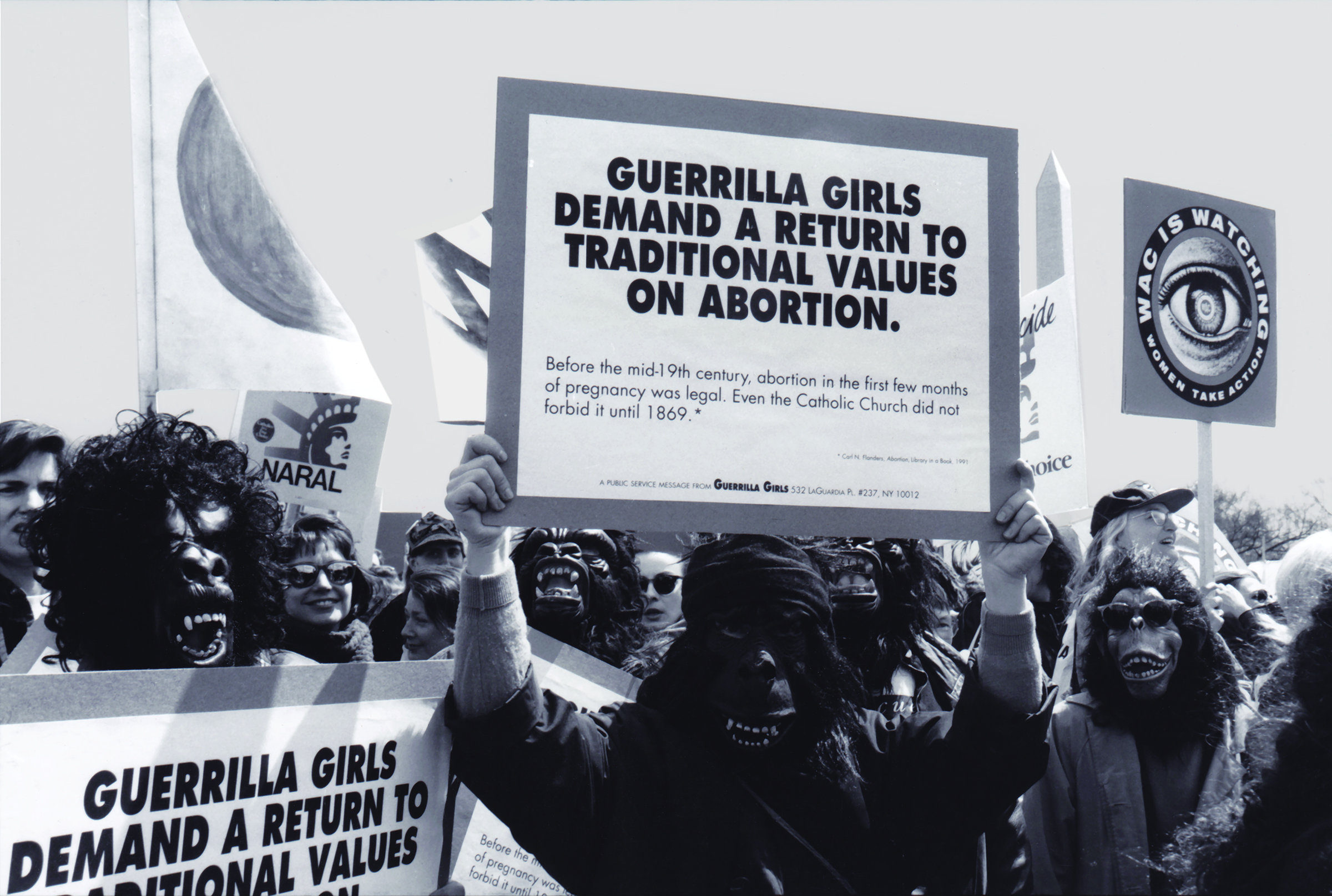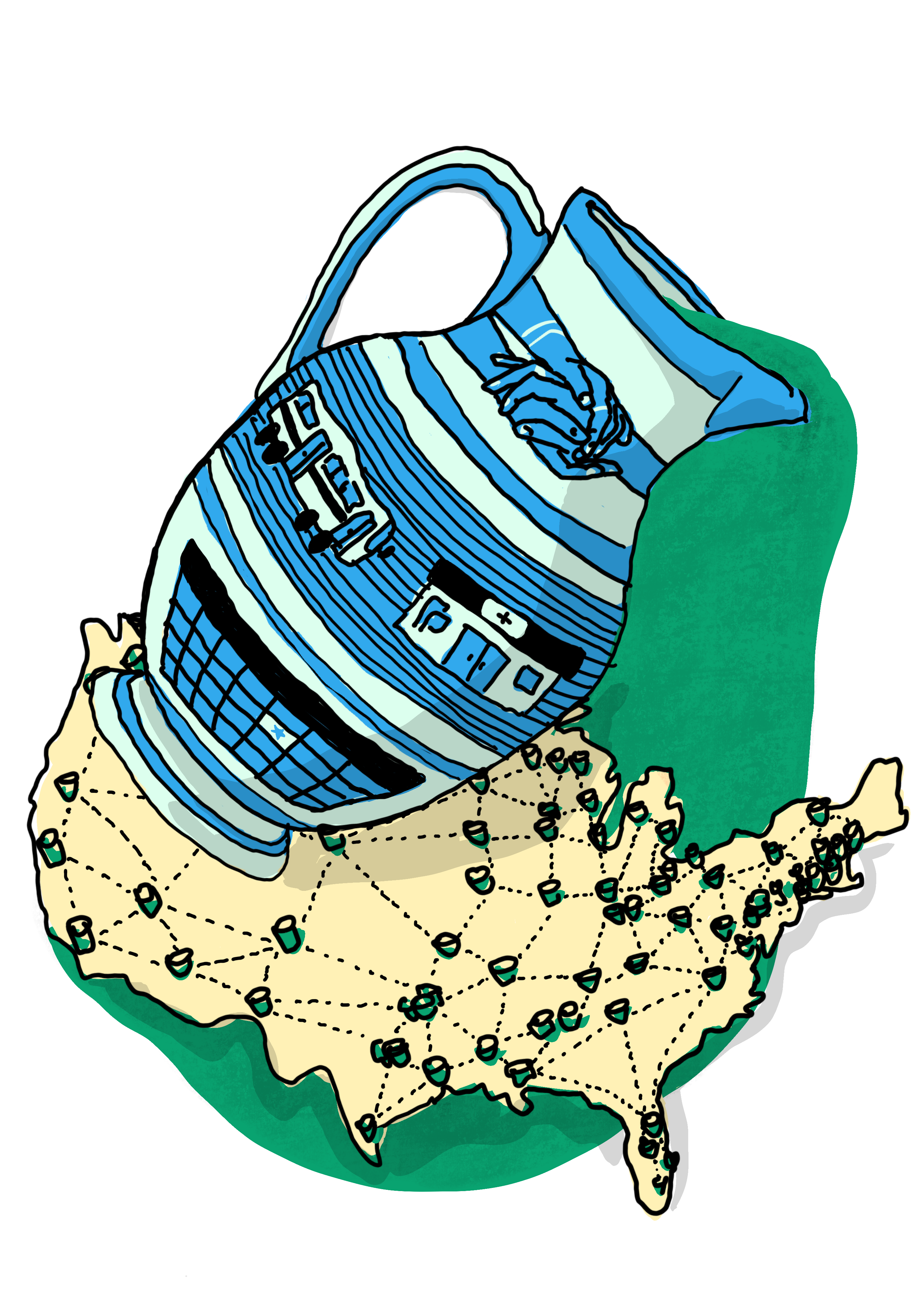The term “reproductive justice” (RJ) was officially coined in 1994 by a caucus of Black women convening in Chicago who called themselves “Women of African Descent for Reproductive Justice.” This establishment of the RJ framework spoke to the failure of a majority white and class privileged-led Women’s movement to address the needs and experiences of Black people, people of color, and marginalized communities. According to SisterSong, reproductive justice is “the human right to maintain personal bodily autonomy, have children, not have children, and parent the children we have in safe and sustainable communities.”
- Give general operating dollars directly to NNAF at nnaf.org/resourcegeneration
- Give to NNAF’s Collective Power Fund at nnaf.org/resourcegenerationcpf which will be redistributed to member funds
- Give directly to your local NNAF member Abortion Fund
Funding Best Practices to Keep in Mind1
- Support long term movement building with multi-year funding (we recommend a 3 year commitment)
- Provide unrestricted general operating funding
- Prioritize state & local organizations, including networks of state & local organizations
- If possible, avoid anonymous funding in order to support the destigmitization of abortion and funding abortion access
- In addition to funding the essential work of abortion funds, be sure to fund other Reproductive Justice organizations (some others are listed below)





